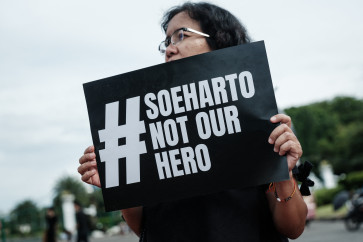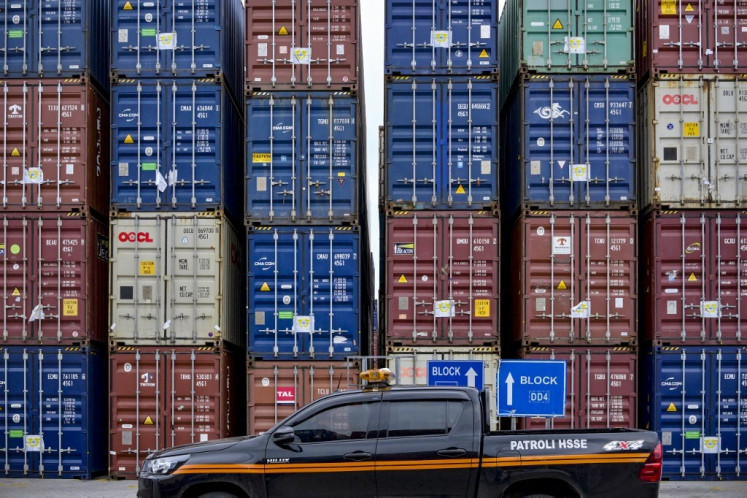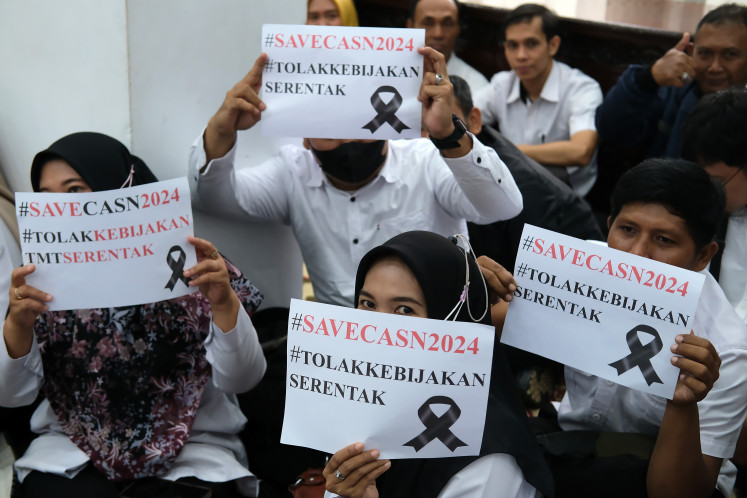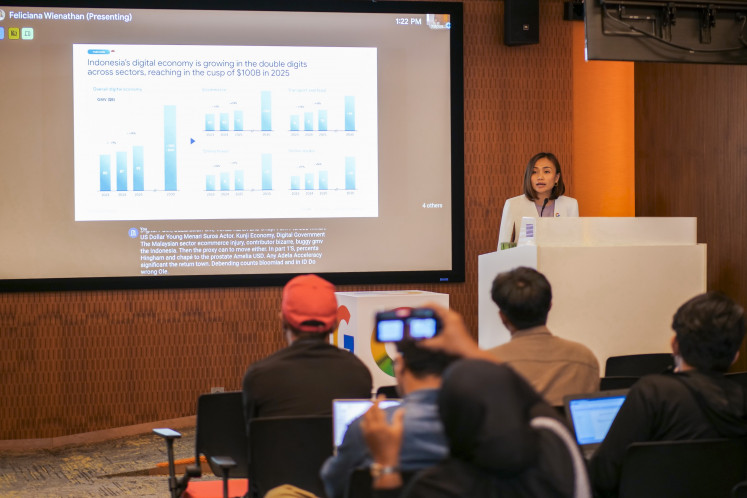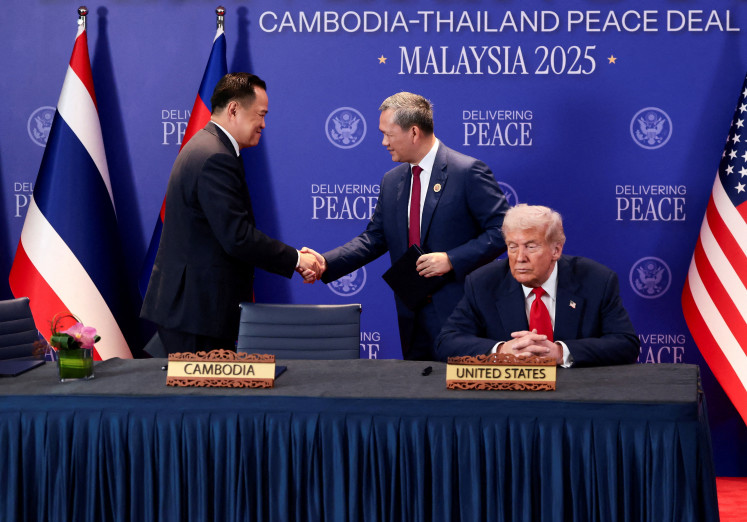Popular Reads
Top Results
Can't find what you're looking for?
View all search resultsPopular Reads
Top Results
Can't find what you're looking for?
View all search resultsAnalysis: Indonesia's 5.04% growth: Real strength or a managed story?
Change text size
Gift Premium Articles
to Anyone
F
inance Minister Purbaya Yudhi Sadewa credited the result to effective fiscal management, pointing to a 5.49 percent increase in government consumption and a 3.02 percent rise in investment, backed by national strategic projects and social initiatives like the free nutritious meal program and public housing programs. But some analysts say these state-led injections may be propping up growth temporarily rather than signaling a private sector revival.
Household consumption, which remains the backbone of Indonesia's economy, grew 4.89 percent thanks to higher mobility and digital transactions. Yet spending power remains fragile. The reported creation of 1.9 million jobs and a dip in unemployment to 4.85 percent sound encouraging, but much of the gain appears to come from short-term or informal work rather than stable, quality jobs that drive sustainable demand.
The government's strongest case lies in exports, which rose 9.91 percent year-on-year, buoyed by solid demand from China, the United States, Japan, India and Malaysia – markets that together account for more than half of Indonesia's trade. Services exports climbed 7.62 percent, lifted by a 21.8 percent surge in foreign tourist arrivals. Imports, meanwhile, rose just 1.18 percent, a positive sign for the trade balance, though also an indicator of muted domestic investment.
This export momentum dovetails with Indonesia's renewed trade diplomacy. Following peers like Malaysia, Vietnam, Thailand and Cambodia, which already enjoy zero-tariff access for key products, Indonesia is pushing for similar treatment from the US. Coordinating Economy Minister Airlangga Hartarto recently led a delegation to Washington to secure zero-tariff status for palm oil, cocoa, and rubber — commodities the US does not produce but that anchor Indonesia's export base.
If successful, the deal could boost downstream industries such as palm oil refining, cocoa processing and rubber manufacturing — helping rural economies and accelerating industrial transformation. Yet significant hurdles remain. Beyond tariffs, strict nontariff standards, covering quality, safety and sustainability, could restrict market entry. Meeting these benchmarks will require improvements in efficiency, certification and traceability across supply chains.
Indonesia's Q3 2025 performance thus stands at a crossroads. The export uptick and trade diplomacy paint an optimistic picture, but the broader economy remains reliant on fiscal stimulus and selective sectoral gains. The 5.04 percent growth figure may project stability, yet beneath it lies a structure still struggling to build self-sustaining momentum.
Ultimately, Indonesia's pursuit of zero tariffs and greater export competitiveness reflects a desire to be seen not as a regional follower but as a proactive player in global trade. Whether this ambition translates into inclusive and enduring growth depends on the government's ability to look beyond headline achievements and foster an economy grounded in productivity, innovation and genuine resilience.





